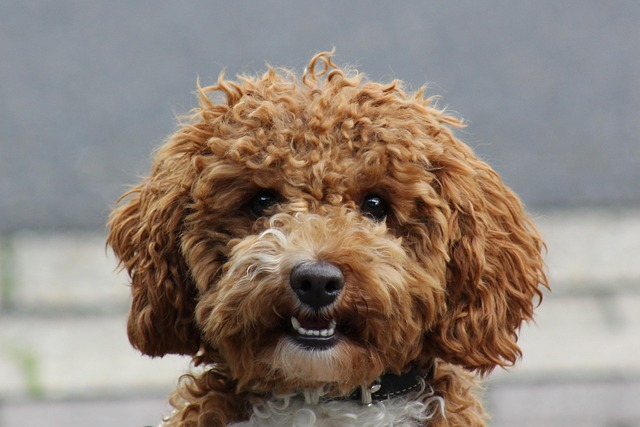
How do i train my dog to be obedient?
Watching your dog dart across the park ignoring your calls isn’t just frustrating—it can put them at risk near busy streets or public spaces.
Poodles are brilliant, energetic creatures—their intelligence makes them a joy, but that same spark can tip into overexcitement. Whether it’s barking at the mail carrier, spinning in circles when guests arrive, or pulling on the leash during walks, that excess energy can feel unmanageable. The good news is their smarts work in your favor when it comes to teaching calmness; they just need guidance to channel that brainpower into steady behavior.
Start with structure, but keep it gentle. Poodles thrive on routine, but that doesn’t mean they need a strict military schedule. Try feeding, walking, and playtime at roughly the same hours daily—predictability helps their nervous systems settle. When they rush toward the door at the sound of a car, pause before opening it. Wait for their paws to stay on the floor for 3 seconds, then reward with a tiny treat. Consistency here teaches them that calm gets results, not chaos.
Public spaces demand extra focus, and it’s where staying composed matters most—for their safety and to respect local regulations. Carry high-value treats (think freeze-dried chicken) during walks. When another dog passes, stop walking. If your poodle sits or stands without lunging, offer the treat slowly. If they start to tense, take a step back and wait. This isn’t about punishment; it’s about helping them learn that calm behavior keeps interactions positive, whether it’s at the park or outside a café.

Anxiety often fuels hyperactivity, so watch for subtle signs: pacing, excessive licking, or dilated pupils. Create a “calm corner” with their bed, a favorite toy, and soft lighting. When you notice those signs, guide them there without fuss. Sit nearby and read a book—your relaxed presence helps them mirror the energy. Over time, they’ll start seeking out this space on their own when overwhelmed.
Training sessions should end before frustration sets in. Even 5 minutes of successful calm behavior is better than 20 minutes of struggle. Praise in a low, steady voice—excited cheering can undo the work. If they get overstimulated, take a break. Remember, every dog has off days, especially if there’s construction noise or a new neighbor. Patience isn’t just kind; it’s key to building trust.
Socialization plays a quiet role too. Introduce them to different people, sounds, and environments gradually. A puppy who’s met kids, heard thunder, and visited pet-friendly stores is less likely to overreact later. Always let them approach new things at their own pace—forcing interaction breeds fear, which turns into hyperactivity. Keep these outings short and sweet, ending with a calm activity like sniffing grass in the yard.
At the end of the day, calmness isn’t about suppressing their personality. It’s about helping them feel secure enough to relax, whether they’re curled up while you work or walking nicely past a squirrel. Celebrate the small wins: a quiet greeting at the door, a settled posture during a storm. With time, those moments will grow, and you’ll both enjoy a more peaceful, connected life together.

Watching your dog dart across the park ignoring your calls isn’t just frustrating—it can put them at risk near busy streets or public spaces.

New puppy owners often find themselves rushing to clean up accidents before they set in, and that’s where puppy pad training becomes a game-changer.

If you've noticed your dog's waistline disappearing and your veterinarian has mentioned those few extra pounds, your first instinct might be to simply reduce the amount of food in their bowl.

Training a dog to use a designated spot indoors isn’t as daunting as many new owners fear, but it does take consistency and an understanding of your pet’s needs.

That moment of dread on a walk is all too familiar for many new dog owners. You see another dog approaching down the sidewalk of your neighborhood

If the sight of another dog on your neighborhood walk makes your heart sink as your own dog erupts into a frenzy of barking and lunging, you're not alone.